The Appearance of Time (original) (raw)

When I heard of the concept of Chronos in Orphism from a Let’s Talk About Myths, Baby episode, I thought it would be something worth looking into. The association of Kronos, the father of the most prominent Olympian gods, with time, is a common one, as seen with the modern depiction of Father Time.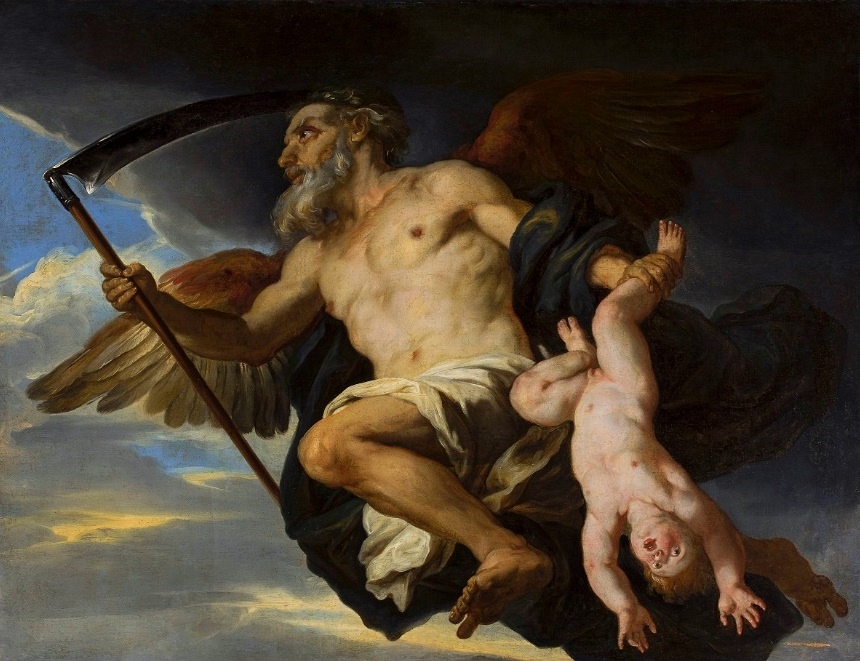
Much of what I’ve seen, however, suggests that the similar name was originally a coincidence, with Kronos not initially being associated with time in particular. Still, it was certainly something the ancient Greeks picked up on. The Orphic mysteries, as I’ve briefly mentioned before, were a more mystical form of classical Greek religion known to have existed around the sixth century BCE. It teaches that people are essentially two separate entities, the body and the soul, and the mysteries would teach how to escape the physical constraints of the world in favor of the spiritual. It appears to be part of a general trend toward mysticism around that time and place. Religion is always at least somewhat mystical, but this particular kind of mysticism is a reinterpretation of established religion that accepts that the gods and their deeds are real, but also that the true meaning of life is to transcend reality. It teaches that people are essentially two separate entities, the body and the soul, and the mysteries would teach how to escape the physical constraints of the world in favor of the spiritual. Zoroastrianism, first known to have existed in the sixth century BCE, posits a dualistic world locked in a constant struggle between personified good and evil, and the physical world emanating from these figures. Buddhism, also thought to have originated around then, provides a path to enlightenment by rejecting the physical world. Gnosticism, as a belief system within Judaism and later Christianity, isn’t known to have existed until some centuries later, but it takes some ideas from this sort of mysticism, promoting the spiritual over the material. There definitely seems to have been some Persian and Greek influence on post-exilic Judaism, which makes sense as Judea was under Persian control from some time, and then Greek after that. While this is a simplification, it kind of seems like mainstream Judaism intentionally turned away from the mystical side and back toward worldly concerns, perhaps partially as a response to the rise of Christianity. I mean, it’s a pretty esoteric belief that one guy dying somehow means all the sins of humanity are forgiven, except not really. I’ve seen numerous attempts to associate Jesus with Dionysus, the main god of Orphism, but they usually seem to boil down to how they both died and came back to life, and are both worshipped by drinking wine, even though the circumstances aren’t really the same. So there probably isn’t that direct of a link, but they both fall under the general umbrella of things not being what they seem and the triumph of the spiritual over the physical, including death itself. The world is in constant struggle between forces beyond our control and knowledge, and the tenets of the mystery religion are the only way to get out of it.
Chronos himself comes into the picture in the Orphic rearrangement of Hesiod’s Theogony, explaining how the world and the gods came to be. Hesiod writes of Earth, Sky, and some other general concepts coming out of Chaos, and the less abstract Titans resulting from their union, Kronos being their leader. In the Orphic cosmology, Chronos emerges from the earth and water, and has a serpentine form with the heads of a man, a bull, and either a dragon or lion. He also has wings, so I guess time flying is a very old concept. Unfortunately, I don’t know that any depictions of this form survive, which is a shame. Even in terms of more recent art, the only one I could find through Google Image Search was this one by Karin Rainbird. And there are ancient Iranian religious statues with some of the same features, which might strengthen the Persian connection. Or it might just indicate that both societies knew the same kinds of animals.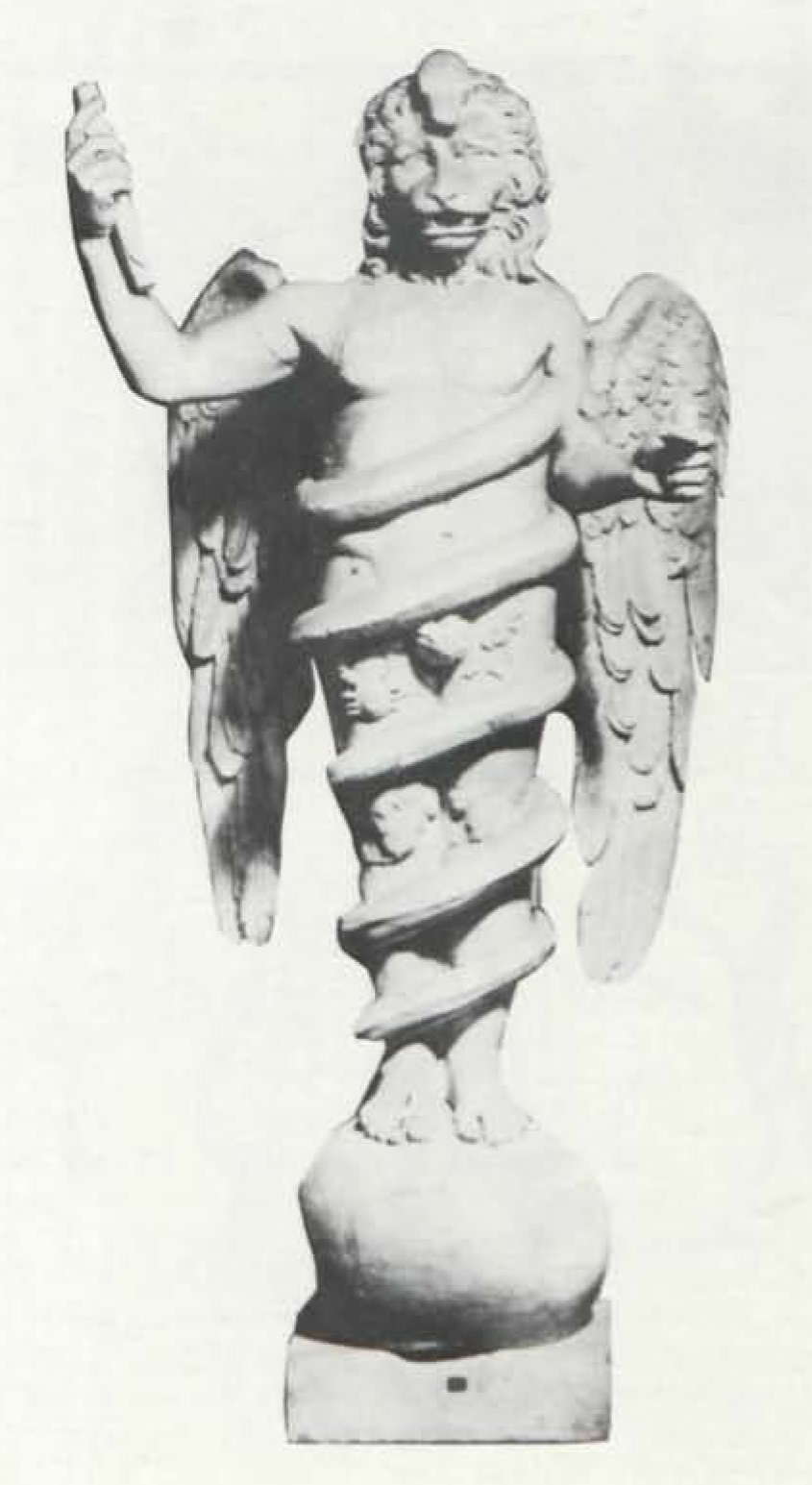
With his counterpart Ananke, meaning inevitability, he split apart a primordial egg, and Gaia and Ouranos emerged from that, suggesting a difference between the concept of earth and Earth as an entity.
Also from the egg came Phanes, known as the Protogenos, who did most of the work involved in creation. Phanes is portrayed as hermaphroditic, wrapped in the coils of a snake, and having golden wings.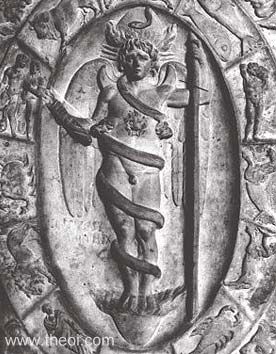
They were the first ruler of the world, but Zeus would later swallow them to gain their power. Chronos and Ananke also gave birth to Aither (light), Chaos (about time this one finally shows up), and Erebos (darkness).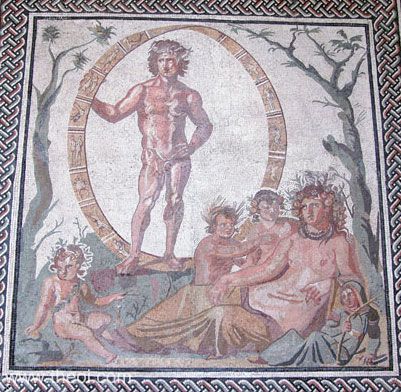
Chronos is also known as Aion, a representation of eternity, and, quite strangely, as Herakles. Since I’ve been led to understand this name means “glory to Hera,” who wouldn’t have yet existed at the…uh, time, I’m not sure how this works. Maybe it’s a way to link Herakles, the demigod son of Zeus, with an older primordial force. Incidentally, I’m curious as to when people started thinking of time as a thing rather than just a way of organizing, but that’s probably really complicated and difficult to determine.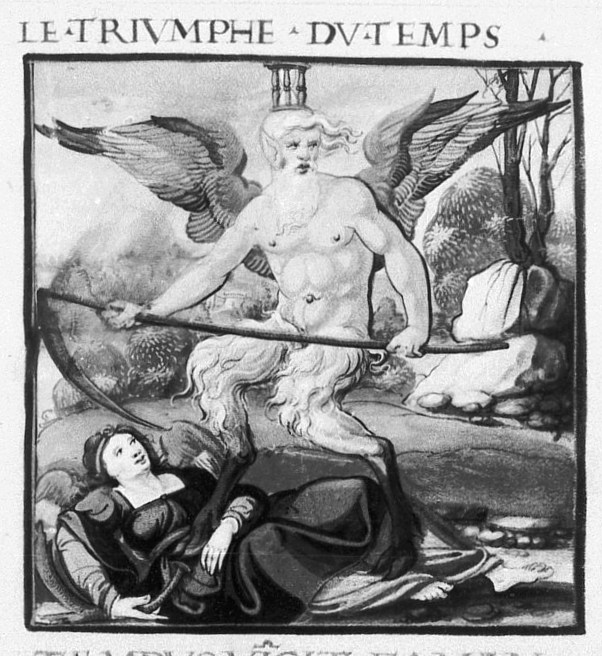
When I first heard of Chronos’ composite form, it made me think of something that wouldn’t be out of place in the Final Fantasy series. There is an enemy called Chronos in FF3 who’s rather serpentine in form, but with only one head and no wings.![]()
Since Chaos, the main villain of FF1, is stuck in a self-created time loop, that might relate in some way.